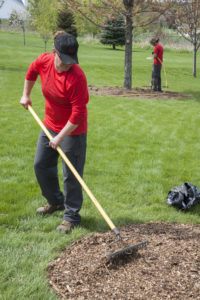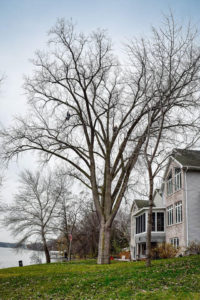Winter Protection of Trees and Shrubs

This time of year, many people wonder how they should be preparing their yards for winter. We suggest attending to new plantings, preparing evergreens, be aware of winter burn, and protect any trees, shrubs, or plants that might be subject to animal feasting.
New plantings are most susceptible to winter desiccation because they don’t have established root systems. Continue to water these new plantings through fall. Watering can be done until frost and is strongly encouraged for new plantings and evergreens. People often overlook the fact that trees and shrubs still transpire (although slowly) through winter. Roots still grow in unfrozen soil, so it is important to tend to them until frost takes over.
Read More
